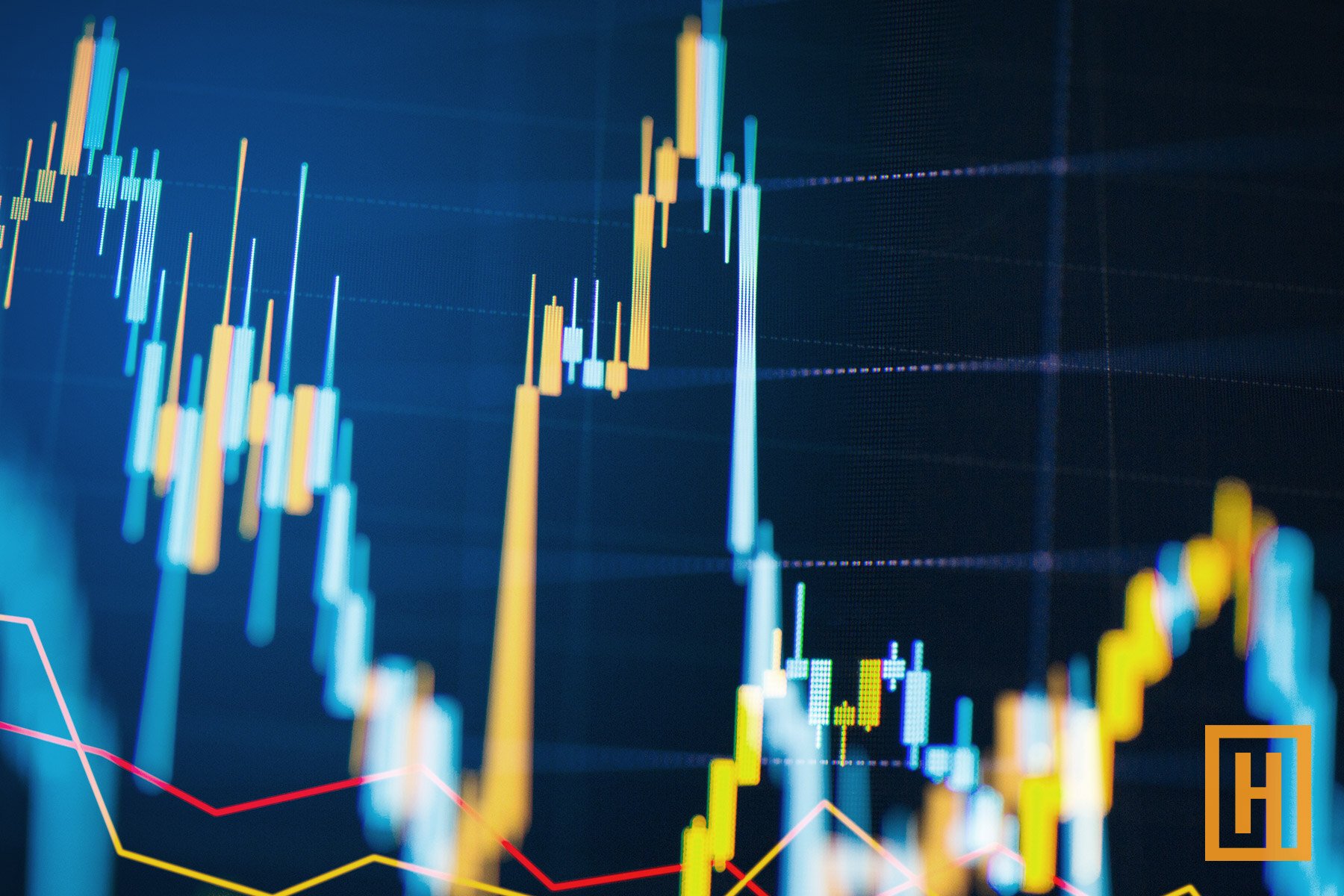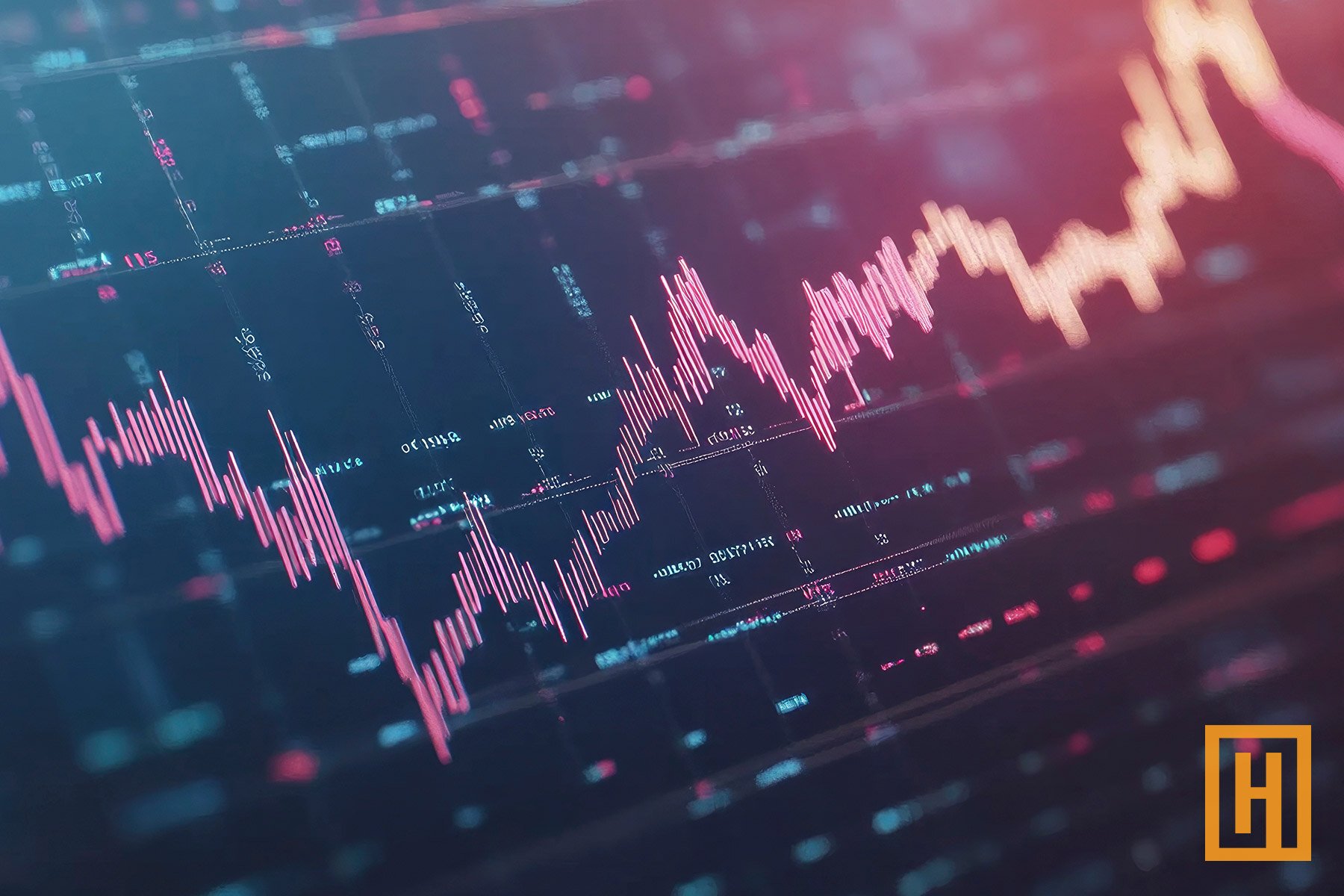The first quarter of 2025 brought a marked shift in the macroeconomic and geopolitical landscape, prompting a recalibration of our portfolio positioning within the Hilton Dividend & Yield Strategy (DIVYS). Against a backdrop of heightened policy uncertainty, increased market asymmetry, and signs of ...









